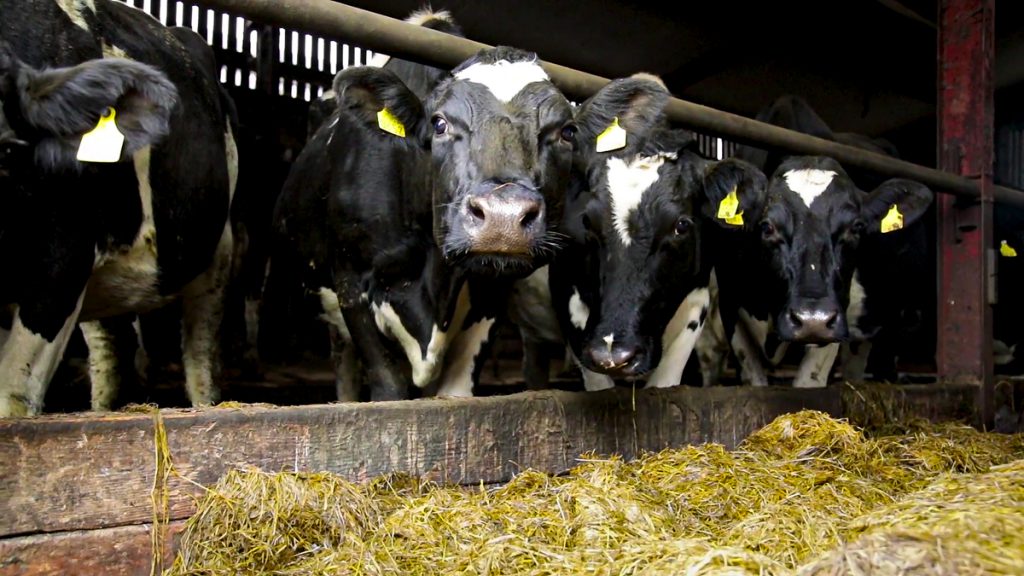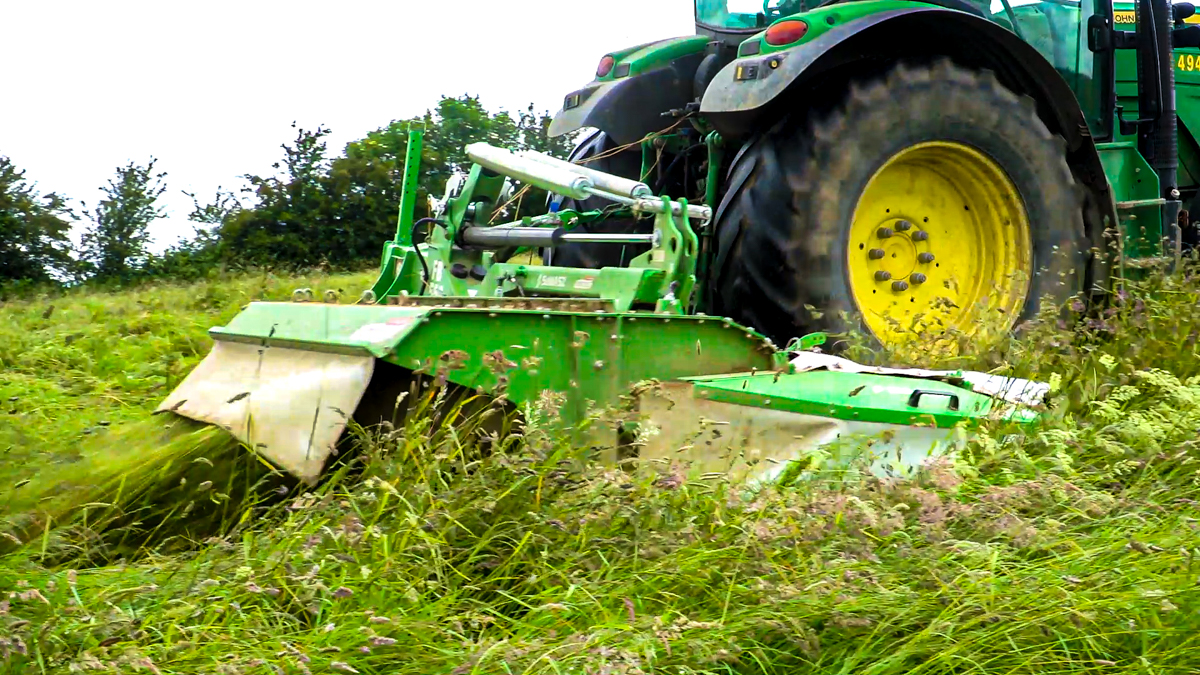Up to 30% of farms across both dairy and drystock enterprises are currently reporting significant winter feed deficits, the National Fodder and Food Security Committee (NFFSC) heard today (Monday, July 8).
Head of dairy knowledge transfer with Teagasc, Dr. Joe Patton said that this means these farms have more than a 10-15% deficit following first cut silage.
He noted that normally 12-15% of farms would be reporting such a shortfall for this time of year.
He said that there is “some evidence” of an “emerging winter feed deficit” across the country, which will require action on affected farms.
Winter feed deficits
Based on the findings of a survey of 498 Teagasc client farms over the past two weeks, dairy farmers reported having an average of 60% of their winter feed requirement in place after first cut silage.
On drystock farms, there was an average of 64% of fodder saved following first cut silage.
Dr. Patton said that the target after first cut stage is 70% on dairy farms and 75-80% on drystock farms.
There was no significant regional bias in the data, apart from drystock farms in the northwest which were closest to target, meaning that the issues are generally widespread across the country.

Of the farms with a deficit, Dr. Patton said that 68% of drystock farms and 58% of dairy farms expected to meet their fodder budget target following second cut silage.
The survey found that on farms where there are winter fodder shortages identified at this point, half of dairy farms and 66% of drystock farms have made no provision for extra feed.
Renting extra land for grass silage is the most popular (64%) mitigation option being used by farmers to make up the deficit, followed by forage crops (36%).
The committee heard that 30% of farms with a feed deficit have “some cash flow concerns”, of those 12% have “a very significant cash flow query”.
67% of dairy farms and 35% of drystock farms with a deficit said that they will consider reducing stock due to possible fodder shortfalls.
Advice
Dr. Patton advised all farmers to complete a fodder budget by assessing their winter feed requirement based on livestock numbers and feed demand versus fodder stocks.
He said that gaps could firstly be addressed by maximising production in second and third silage cuts and then by sourcing fodder from rented grass or forage crops.
He added that any livestock for culling should be identified as early as possible.
Dr. Patton said that farmers should assess their fertiliser use to date this year against their allowances and plan fertiliser applications for the coming months.
Several members of the committee said that clarity is needed from the Department of Agriculture, Food and the Marine (DAFM) on fertiliser allowances for farmers.
Louise Byrne, deputy chief inspector with DAFM, said that fertiliser allowances are “very farm specific” and she encouraged farmers to engage with their advisor on this issue.
Grass
Michael O’Donovan, head of Grassland Science at Teagasc, told the NFFSC that grass growth has reduced by around 10% so far in 2024.
He said that slurry and chemical nitrogen (N) applications are “beginning to get up to date” on farms, following a very slow start due to wet weather in February, March and early April.
He added that fertiliser needs to be applied and optimised at the same time in order to achieve decent grass growth, in tandem with phosphorus (P), potassium (K), sulfur (S) and lime.
It was noted that due to the conditions there has been little opportunity to harvest surplus grass to date in 2023 and planning is needed for a third cut, where possible.
O’Donovan said that there could be an average growth rate of 12t of dry matter (DM)/ha in 2024, if there is average growth for the remainder of the year.
Chair of the NFFSC Mike Magan concluded the meeting by calling on the industry and farmers to stay vigilant and proactive in managing fodder stocks and planning for the coming winter.
“While reduced pasture growth has resulted in a current projected fodder deficit, pasture growth has returned to more normal levels in recent weeks.
“Actions taken by farmers over the next two months can close the fodder gap significantly.
“These include appropriate fertiliser application, harvesting second cuts in time and to plan for third cut where needed, and taking opportunities to cull non-productive stock in good time.
“Actions taken early within the farm gate will be most cost-effective. When those steps have been taken, secure external forage sources if needed,” he said.
